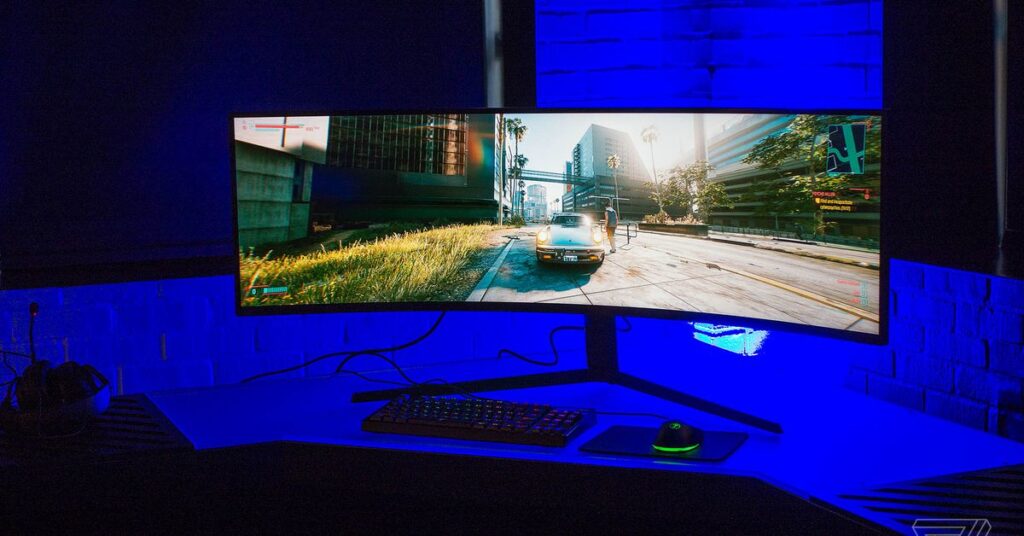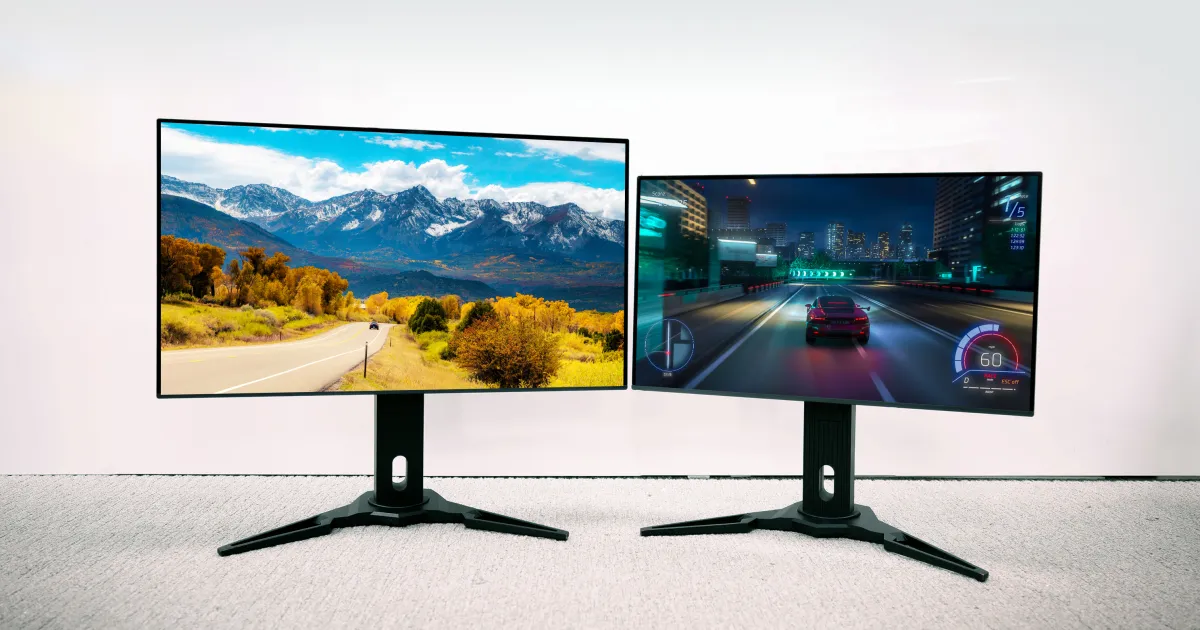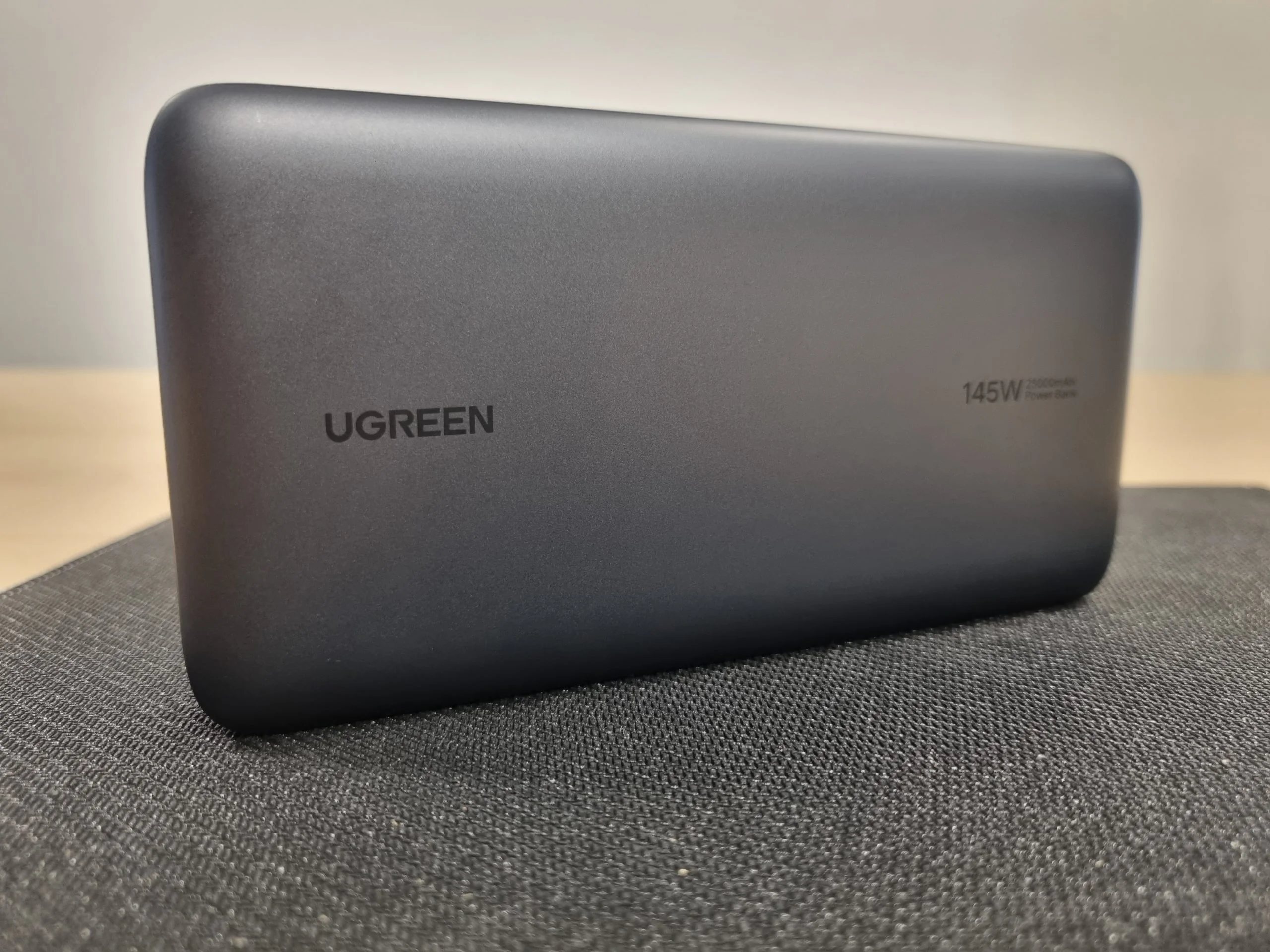
In 2024, the landscape of monitor purchases is undergoing a significant transformation. The conventional approach of selecting monitors based solely on resolution and refresh rates is evolving. The game-changer? The Adaptive-Sync Display v1.1 update, pioneered by the Video Electronics Standards Association (VESA). Monitors from reputable manufacturers like Asus and LG will soon feature dual refresh rates at varying resolutions, marking a departure from the static specifications we are accustomed to.
This innovative update challenges the traditional mindset of display selection. Much like contemporary PCs designed for multifunctionality, these monitors are poised to adapt dynamically. They excel not only in high resolutions and slower refresh rates but seamlessly switch to lower resolutions with higher refresh rates as the need arises. This shift mirrors the versatile nature of modern PCs, capable of content creation during work hours and immersive gaming during leisure.
VESA’s proposition introduces a nuanced terminology, deviating from the conventional understanding of “adaptive sync.” Traditionally associated with technologies like Nvidia’s G-Sync or AMD’s FreeSync, adaptive sync adjusts the refresh rate to match the graphics card’s output, eliminating tearing. However, the real innovation lies in the ability of these displays to operate at different refresh rates when resolutions are altered—a game-changer for users juggling high-performance gaming and content creation.
Roland Wooster, chairman of the VESA Display Performance Metrics Task Group, emphasizes the pivotal transformation. He notes that users, torn between low latency, high refresh rates, and higher resolutions, can now have the best of both worlds. The updated Adaptive-Sync Display CTS incorporates testing for these groundbreaking displays and introduces a new dual-mode logo, simplifying consumers’ identification of variable refresh rate performance.
In essence, the future of monitor purchasing is not just about static specifications but about optimizing displays for diverse applications. Whether it’s an immersive gaming experience or content creation, these monitors with the new VESA certification logo promise to deliver unparalleled performance, providing users with the flexibility to tailor their displays to the specific demands of the task at hand.




